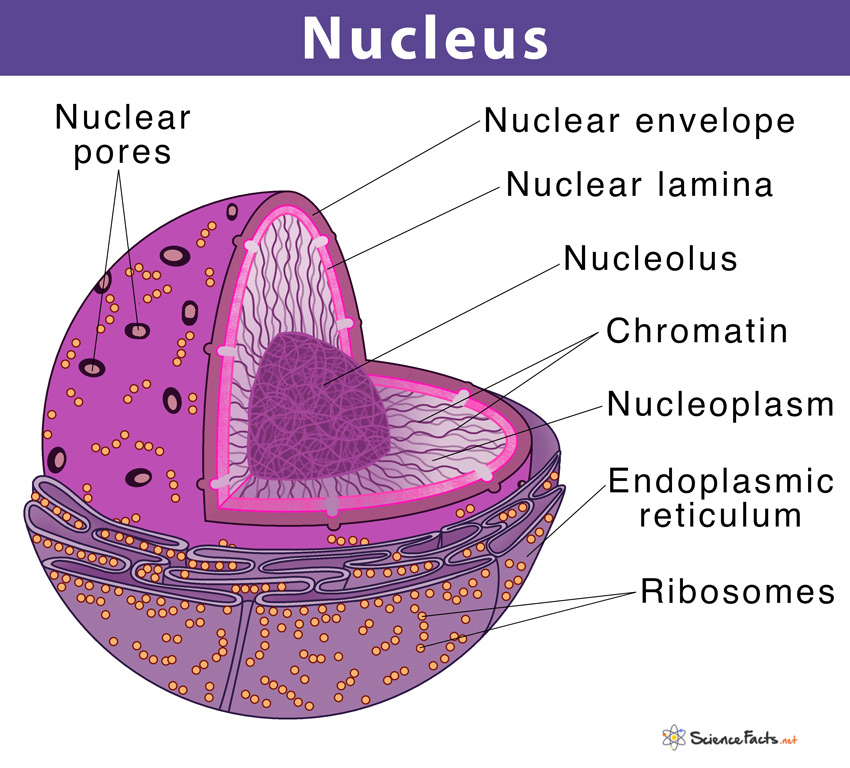Understanding the fundamental forces that govern the universe is a perennial challenge in physics. Among these forces, the nuclear force stands out as a crucial player in the realm of atomic interactions. But what exactly is this enigmatic force, and how does it influence the structure of matter that surrounds us? This exploration will delve into the nature of the nucleus force, expounding on its origin, characteristics, and significance while juxtaposing it with other fundamental forces to garner a comprehensive understanding.
The nuclear force, also known as the strong nuclear force, operates at the subatomic level, orchestrating the interactions between protons and neutrons within atomic nuclei. As we ponder the essence of this force, we are confronted with a playful yet profound question: How can particles that bear like charges—protons, in particular—coexist in such proximity without repulsive annihilation? The answer lies in the intricate dance of fundamental forces, wherein the strong force emerges as a formidable counterpart to electromagnetic repulsion.
To unravel the mystery, one must consider the nature of the particles involved. Protons and neutrons, collectively known as nucleons, are housed within the nucleus, creating a densely packed center of the atom. The strong force is mediated by particles known as gluons, which serve as the exchange particles responsible for transmitting this force between quarks—subcomponents of protons and neutrons. This interaction provides stability to the nucleus, countering the electromagnetic repulsion that would otherwise drive protons apart.
The range of the nuclear force is impressively confined to the sub-femtometer scale, approximately 1 to 3 femtometers (10-15 meters). Within this domain, the strong force operates with remarkable efficacy, far surpassing the gravitational and electromagnetic forces in strength. This phenomenon leads us to the central characteristic of the nuclear force—its short-range dominance. Unlike gravity, which exhibits an infinite-range but weak attraction, or electromagnetism with its long-range repulsion and attraction, the nuclear force binds nucleons together efficiently over a limited distance.
But what accounts for this astonishing strength? The answer lies in the principles of quantum chromodynamics (QCD), the theoretical framework that describes the interactions of quarks and gluons. QCD reveals the complex behaviors of these particles under various energy conditions, suggesting that the strength of the nuclear force is variable, increasing dramatically as quarks approach one another. At extremely short distances, quarks experience a phenomenon known as “asymptotic freedom,” allowing them to interact with negligible resistance. However, as quarks separate, the force between them strengthens, culminating in confinement—a state wherein quarks can never be isolated as free particles.
Furthermore, the nuclear force is characterized by saturation. This intriguing aspect implies that the force does not perpetually increase with the addition of more nucleons. Instead, each nucleon interacts with only a limited number of neighboring nucleons, leading to a stable configuration within the nucleus. Such saturation is pivotal in explaining why atomic nuclei have finite sizes despite being composed of charged particles that would otherwise repel each other.
Interestingly, the nuclear force is not exclusively a two-body interaction; it encompasses multi-body interactions as well. When nuclei bind together, the dynamics become decidedly more complex. Beyond the pairwise interactions between nucleons, the presence of additional nucleons influences the binding process, engendering a stable nucleus. This multi-body aspect complicates theoretical treatments of nuclear reactions and phenomena, highlighting the necessity of advanced computational methods in theoretical nuclear physics.
As we delve deeper into the implications of the nuclear force, one cannot overlook its vital role in the cosmos. The very existence of stars, including our sun, hinges on nuclear fusion reactions, where lighter nuclei combine to form heavier ones, releasing vast amounts of energy in the process. Without the nuclear force, such fusion would be an impossibility, underscoring its role not just in atomic stability, but also in the synthesis of elements and the energy production that fuels stellar evolution.
Moreover, the nuclear force is pertinent to the unfolding of the universe itself. During the early moments post-Big Bang, as the universe cooled, quarks began to coalesce into protons and neutrons, aided by the strong force. This foundational event catalyzed the formation of the first atomic nuclei during nucleosynthesis, paving the way for the emergence of atoms, molecules, and eventually the rich tapestry of matter that constitutes the universe.
However, the strong nuclear force is not without its challenges and mysteries. Despite its significance, physicists are still striving to decode the complexities of nuclear interactions and behaviors under diverse conditions. The exploration of exotic nuclei, neutron stars, and their extreme densities presents further questions deserving of rigorous inquiry. How does the nuclear force behave when maximizing constraints, as seen in neutron stars where gravity contends with nuclear interactions in a volatile equilibrium?
In conclusion, the nucleus force—saturated, strong, and intricate—stands as a cornerstone in our understanding of matter and the universe. Its ability to bind quarks, form nucleons, and stabilize atomic nuclei encompasses a fundamental principle that resonates through the cosmos. Contemplating its multifaceted nature offers not only a glimpse into atomic structures but also an appreciation for the dynamic phenomena that govern so much of our physical reality. The journey of unraveling the nuances of the nuclear force thus continues, beckoning physicists to probe deeper into the enigmatic glue that binds our universe together.












